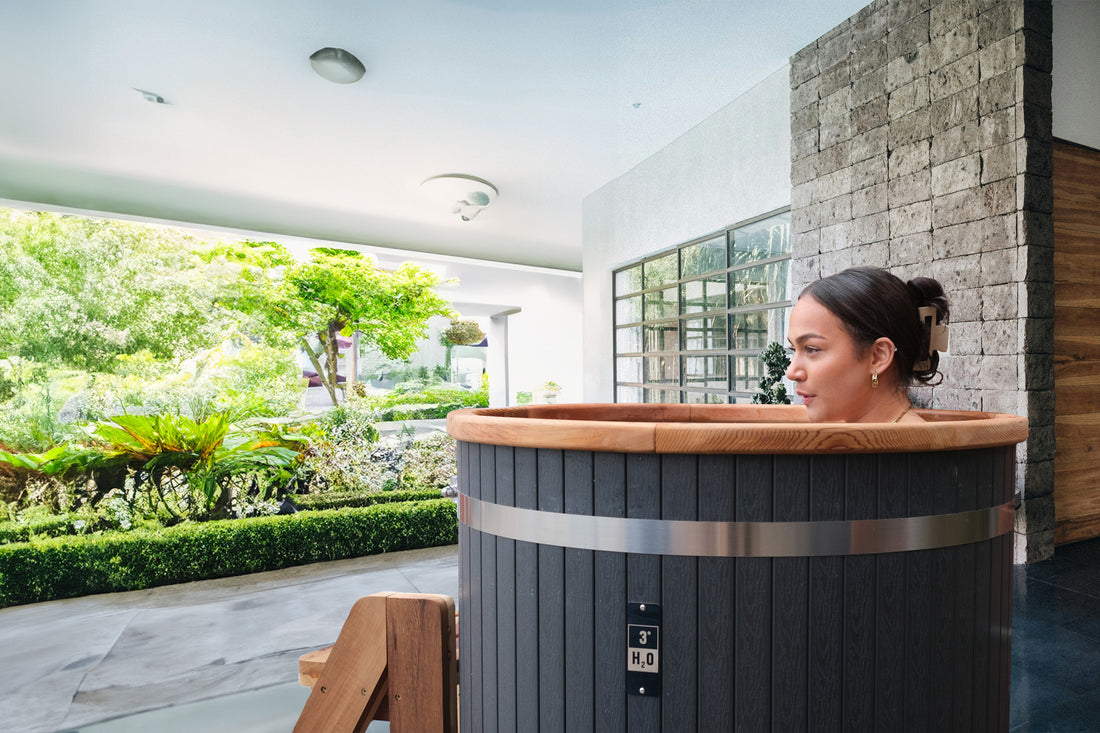
How To Start Cold Water Therapy
Share
Cold water therapy is not just a trend; it’s a transformative journey that can awaken your senses and push your boundaries. If you’re curious about how to get started and whether it’s safe, you’re in the right place! In this guide, we’ll walk you through five key tips to help you confidently begin your cold water adventure.

Prioritise Safety First
Before starting cold water therapy, it's crucial to prioritize safety by assessing potential health risks, as ice baths can offer benefits but also pose certain dangers. Immersion in cold water can significantly lower core body temperature and affect circulation, which may raise blood pressure and increase the risk of serious conditions like heart attacks or strokes. Individuals who should avoid ice baths include those under 18, pregnant individuals, and those with a history of heart disease, high blood pressure, diabetes, neuropathy, retinal damage, pacemakers, recent surgery, frostbite, or epilepsy. Consulting with a healthcare professional, such as a doctor or physical therapist, is essential for personalized advice and ensuring a safe experience.
Ease into Cold Water Therapy
To safely start cold water therapy, it's important to gradually get your body used to colder temperatures. This acclimatization process helps your body adapt physically and mentally, reducing the shock and discomfort associated with cold water immersion. By slowly exposing yourself to colder temperatures, you can prepare for your first ice bath and lessen the risk of cold water shock. Additionally, this practice enhances mental resilience and control as you learn to manage discomfort. You can begin your acclimation journey with cold showers, progressively lowering the temperature, or by swimming in an outdoor pool or lido.

Incorporate Contrast Water Therapy
Contrast water therapy is an effective method for acclimating to cold water and preparing for ice baths. This technique involves alternating between warm and cold water, which can enhance circulation and alleviate muscle soreness. The process, referred to as "vascular gymnastics," helps eliminate waste products and lactic acid from muscles while supplying fresh oxygen and nutrients to aid recovery. The outcome is reduced muscle soreness, improved athletic performance, and a refreshing sense of rejuvenation.
Pay Attention To Your Body
Listening to your body is vital during cold water therapy. Be aware of your feelings and watch for signs of discomfort or hypothermia, such as pain, shivering, or confusion. If these occur, stop and seek medical advice if needed. The goal is to build resilience without overexertion. By prioritizing your comfort and responding to your body's signals, you can safely enjoy your cold water therapy experience.

It's Ice Bath Time
To begin on an ice bath journey, make sure you've consulted a healthcare professional and taken necessary precautions. Start by filling your tub halfway with cold water and gradually add ice, maintaining a temperature of 10-15 degrees Celsius. Carefully lower yourself into the bath, allowing your body to adjust while focusing on slow, controlled breaths. Begin with 1-2 minute sessions, gradually increasing the duration as you adapt. Embrace the invigorating challenge of ice baths, and consider using a 3° H2O Cold Water Therapy Wooden Composite Ice Bath for a safe and enjoyable experience. CLICK HERE to see our Ice Bath.
